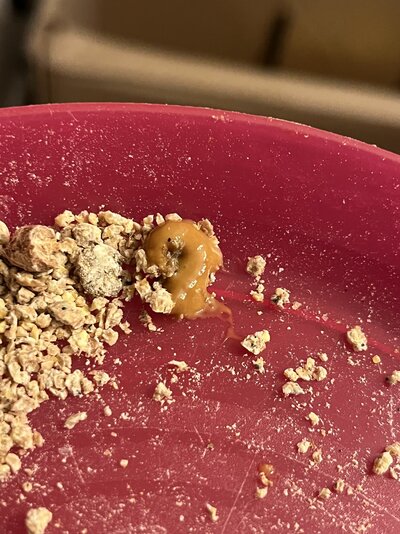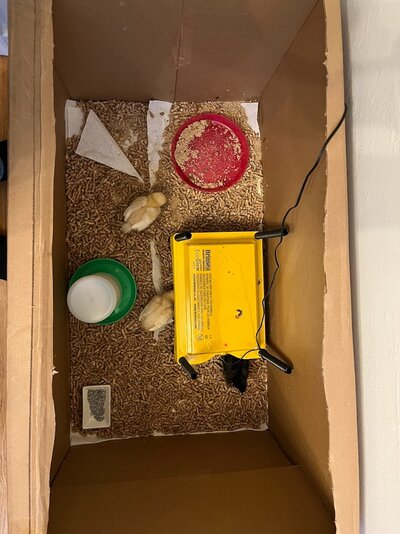spuddenly
Chirping
Regarding other things you've mentioned, switching to a brooder plate was a great move. I tried those red heat lamp bulbs once and found them way too intense for my smaller setup/hatches - it resulted in a lot of pasty butt. I now stick to either heating pads/plates or much lower watt reptile ceramic heat bulbs. I've raised 3 hatches of 20 chicks in the past year and have only lost 1 chick (mail order failure to thrive, wouldn't drink/eat on its own despite me feeding it electrolyte water from a dropper for days). It sounds like you're learning on the go and adjusting to what's best for your setup/chicks and that's great. Keep your head up!
Please feel free to reach out to me if I'm reasonably close to you and can help out at all, I have a ton of extra chick supplies/gear from having gotten way too much into baby chicks in the past few years and would be more than happy to help.
Please feel free to reach out to me if I'm reasonably close to you and can help out at all, I have a ton of extra chick supplies/gear from having gotten way too much into baby chicks in the past few years and would be more than happy to help.
Last edited:



 I definitely remember being super anxious and stressing over my first batch of baby chicks. If it helps, it DOES get better and way easier once you have a setup that you know works for you and your chicks. It's almost too easy for me now, to the point where I only have to check in on my chicks once a day or so once they're past the 2 week stage and I probably don't get as much facetime with them as I should.
I definitely remember being super anxious and stressing over my first batch of baby chicks. If it helps, it DOES get better and way easier once you have a setup that you know works for you and your chicks. It's almost too easy for me now, to the point where I only have to check in on my chicks once a day or so once they're past the 2 week stage and I probably don't get as much facetime with them as I should.


